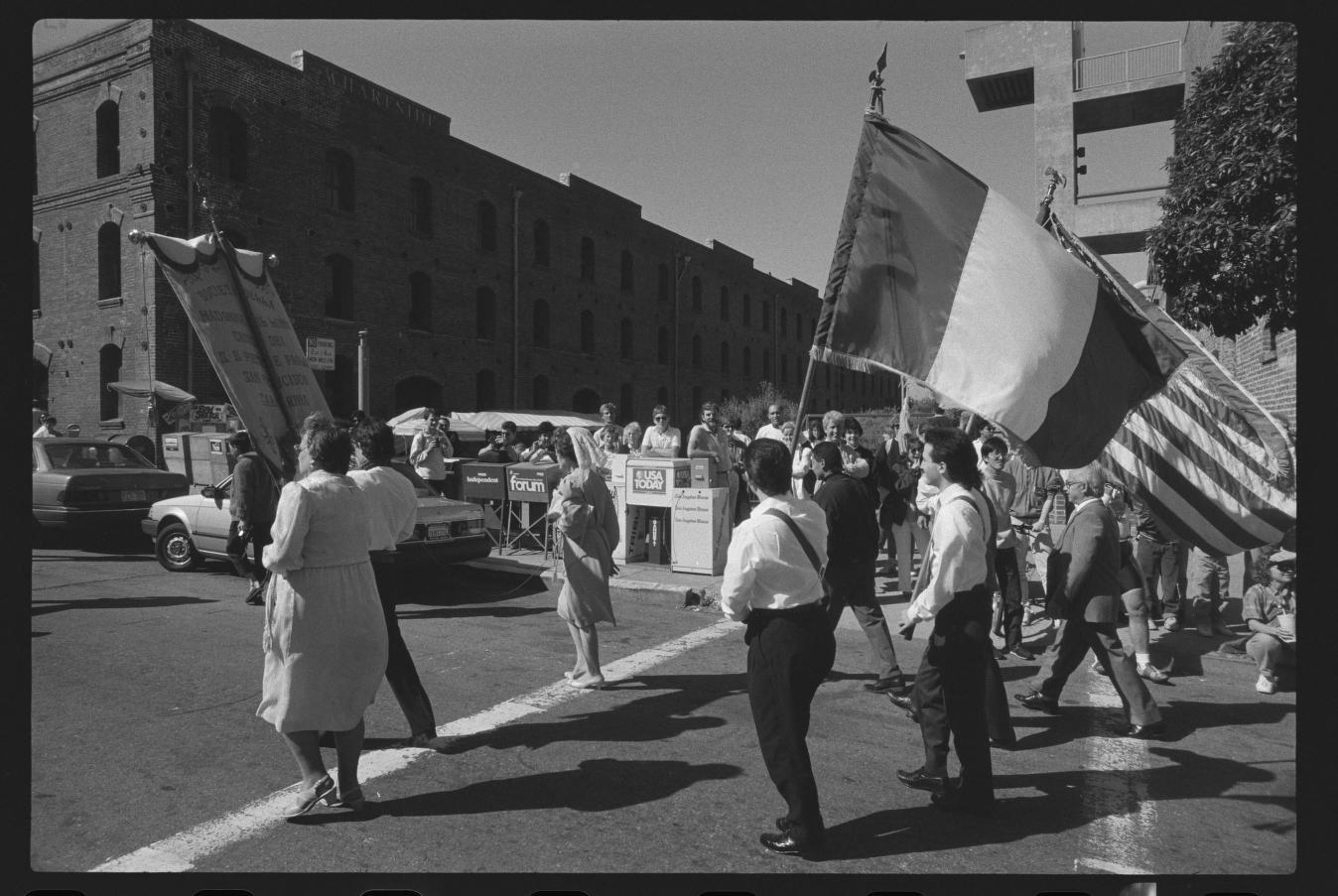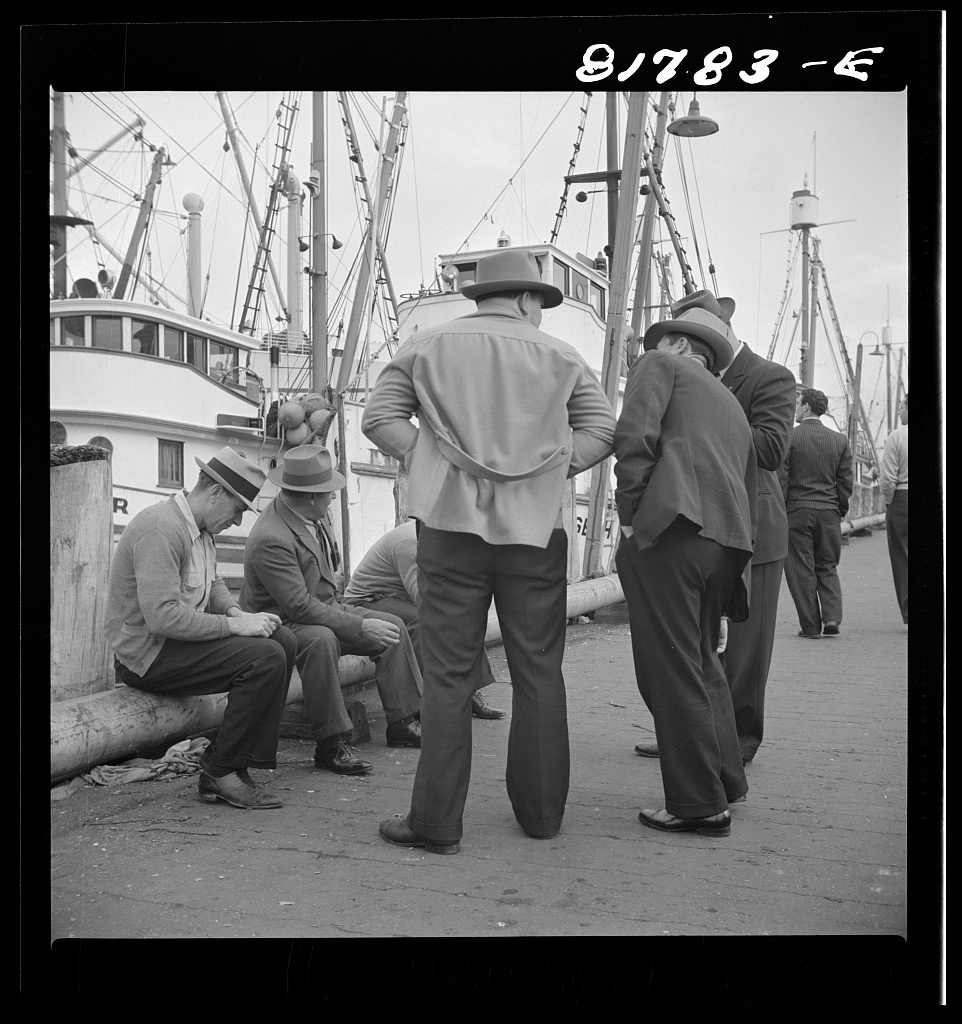Assimilation in San Fransisco
Unlike New York, most Italian immigration in San Francisco were mostly from northern Italy. This included places like Tuscan, Ligurian, Lombard, and Piedmontese. Their immigration began in the mid-19th century, as many Italians sought new opportunities and a better life in America. They were drawn to the city's booming economy, which offered opportunities in industries such as mining, fishing, and agriculture. In the early 20th century, Italian immigration to San Francisco continued to grow, as families and entire communities migrated from Italy to America. This tight knit community quickly become known as the "model colony". This was a term used to describe the Italian community in the city's North Beach neighborhood. The term "model colony" was coined in the early 20th century by a local journalist who was impressed by the strong sense of community and family values that he saw among Italian Americans in North Beach. Many Italian immigrants in the area worked in the fishing industry, which was a major source of employment in San Francisco at the time. They also established businesses such as grocery stores, bakeries, and restaurants that served both the Italian community and the broader population. In this article about San Francisco’s Italian American “Model Colony”, Tommaso Caiazza explains, “The model was constructed to prevent their own predominantly Northern Italian group from being tarred by the social stigma, such as that of the Mafia, that hung over Southern Italian enclaves in other major U.S. cities” (Caiazza, 33). This colony strived to make a good name for Italian immigrants in San Francisco because although they were mostly from northern Italy, they still faced discrimination. They were still often viewed as "outsiders" and "foreigners" who were not fully accepted as Americans. Tommaso Caiazza also explains that “San Francisco newspapers started claiming that the Mafia, or the racketeering organization the Black Hand, had arrived in their “fair city” with its “cutthroats” and “murderers” whose “savage vendettas” and “bloodthirsty plotting” smacked of the “dark ages”’’(Caiazza, 36). These harsh categorizations made it difficult for Italian Americans to find stable employment and provide for their families. Many were excluded from jobs and industries that were dominated by other ethnic groups, such as Chinese and Irish immigrants. Italian Americans in San Francisco also faced discrimination in housing. They were often relegated to living in poor, overcrowded neighborhoods that lacked basic amenities such as running water and sanitation facilities. Many landlords refused to rent to Italian Americans, and those who did charged exorbitant rents. This made the assimilation process form them that much more difficult.
The discrimination however only continued Post WW2. During this time Italian Americans in San Francisco were also labeled as "enemy aliens," regardless of their citizenship status. This led to harsh treatment and discrimination. Italian Americans were subjected to strict regulations and surveillance. In the article “How Bay Area Italians Were Treated as 'Enemy Aliens' During WWII”, author Pauline Bartolone explains, "Italian citizens had to register as enemy aliens, and many were subject to an 8 p.m. curfew. They couldn’t travel more than 5 miles away from home" (Bartolone). These restrictions severely limited their freedom and made them feel like outsiders in their own country. Pauline Bartolone also notes that "People’s houses were searched for 'contraband.' including cameras and radios.” This intrusion into their private lives added to their sense of vulnerability. The impact however, extended beyond just regulations and searches. Families were also uprooted from their homes and communities. In the article “Italian Migration to USA Before, During and After World War 2” it states, it explains that "In addition approximately 10,000 Italian Americans were forced to leave their homes in California coastal cities and move inland, and nearly 600,000 legal Italian immigrants had travel restrictions imposed on them"(unknown). Moving inland meant leaving behind familiar coastal communities and adapting to a new environment. Despite the challenges, there was a strong sense of resilience among Italian immigrants. They brought with them traditions, food, and culture that enriched the fabric of San Francisco. Family gatherings, festivals, and religious celebrations helped maintain a sense of connection to their roots. Over time, as San Francisco grew and prospered, Italians played a significant role in shaping the city's identity. Their contributions in various fields, including art, music, cuisine, and business, helped establish San Francisco as a diverse and vibrant cultural hub. While the post-war period brought its share of hardships, it also marked a period of renewal and opportunity for Italians in San Francisco. Through hard work, determination, and a strong sense of community, they built new lives and contributed to the city's rich culture.

